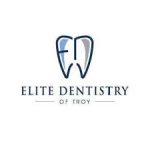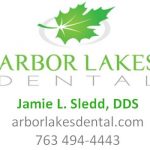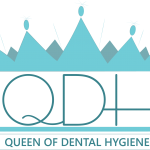
“News flash! All root canal-treated teeth are infected!” If you are a licensed dentist or endodontist, that statement is likely to strike a nerve. Without question, our scientific understanding of bacterial infectious diseases in the oral microbiome has progressed more than ever in recent years. Testing services such as OralDNA® Labs, aid us by analyzing the pathogens living in the oral environment: I would call it a modern wonder. With so much progress in oral health care, it would stand to...
Read More









